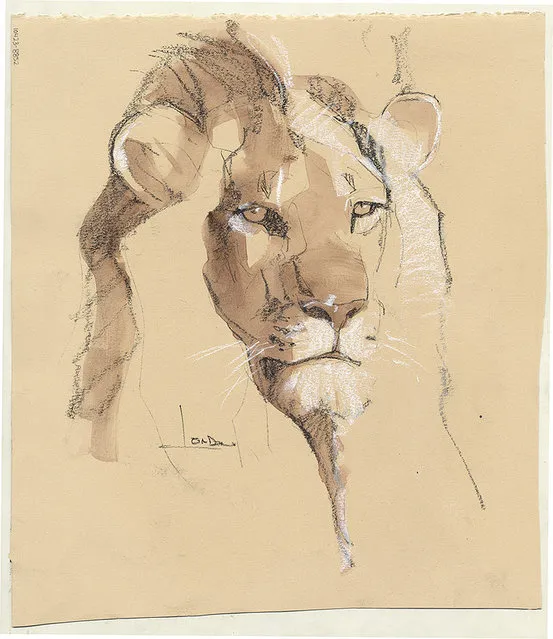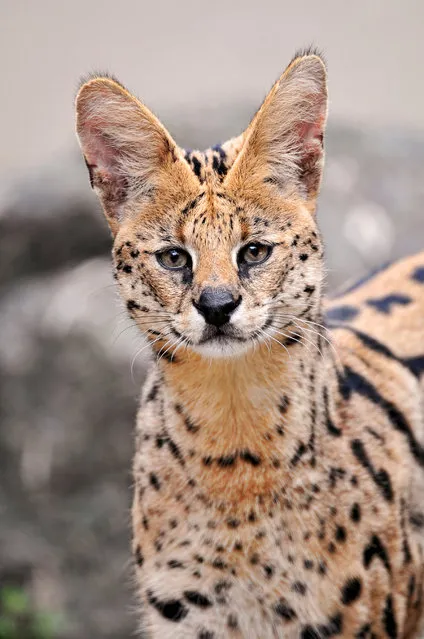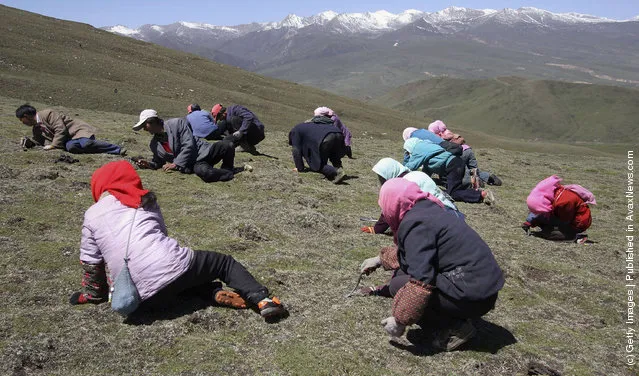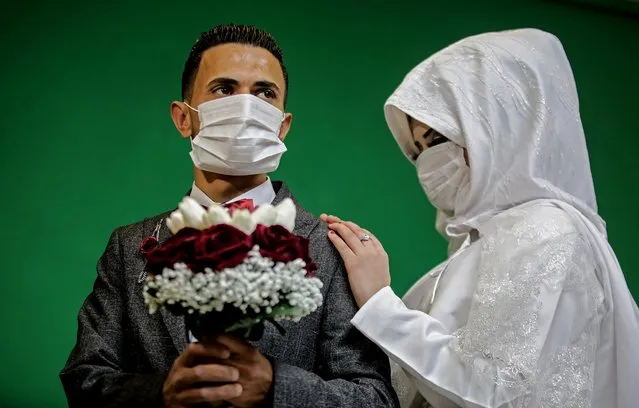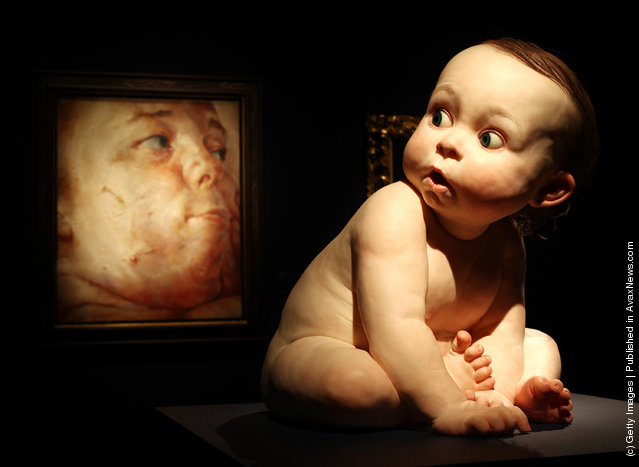
In a January 19, 2014 photo Phillip Seymour Hoffman poses for a portrait at The Collective and Gibson Lounge Powered by CEG, during the Sundance Film Festival in Park City, Utah. Hoffman, who won the Oscar for best actor in 2006 for his portrayal of writer Truman Capote in “Capote” was found dead Sunday in his apartment in New York with what law enforcement officials said was a syringe in his arm. He was 46. (Photo by Victoria Will/AP Photo/Invision)
03 Feb 2014 09:35:00,post received
0 comments

